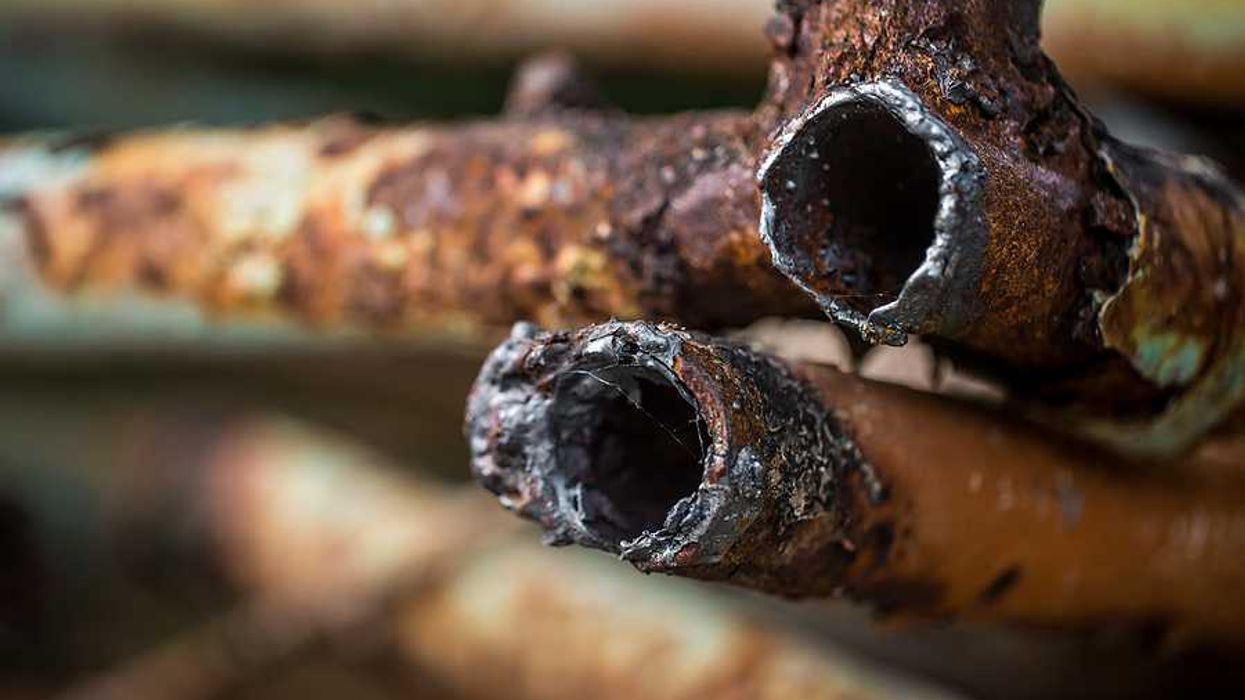As the European Union prepares to enforce the world’s first limits on brake dust pollution next year, carmakers are racing to redesign pads and discs without pricing out drivers.
In short:
- The EU’s Euro 7 standards, effective in 2026, will cap brake-generated PM10 at 3–11 mg per kilometer depending on vehicle size.
- Automakers are turning to coated discs, copper-free pads, carbon-ceramic rotors and even a return to drum brakes to meet the targets.
- Experts warn cleaner components could add to manufacturing costs, a burden likely passed to drivers in markets lacking subsidies or emission rules.
Key quote:
"I think it's good that there is a specific and concrete call for action. It's absolutely necessary."
— Adriana Diaz, director of innovation at EIT Urban Mobility
Why this matters:
Brake dust is a stealth source of particulate pollution, especially the PM10 and still finer PM2.5 particles that lodge deep in the lungs. Because tailpipe controls have improved, these fragments of metal and carbon now make up a growing share of traffic-related soot, even in cities that have curbed diesel exhaust. Scientists link the particles to asthma flare-ups, heart disease and, in emerging research, cognitive decline. Unlike exhaust, brake emissions also settle on streets and wash into waterways, where metals such as copper and nickel can poison aquatic life. As vehicles trend larger and heavier worldwide, the load from braking is expected to rise unless regulations like Euro 7 set new baselines.
Read more: Brake dust may pose a bigger pollution risk than exhaust fumes















